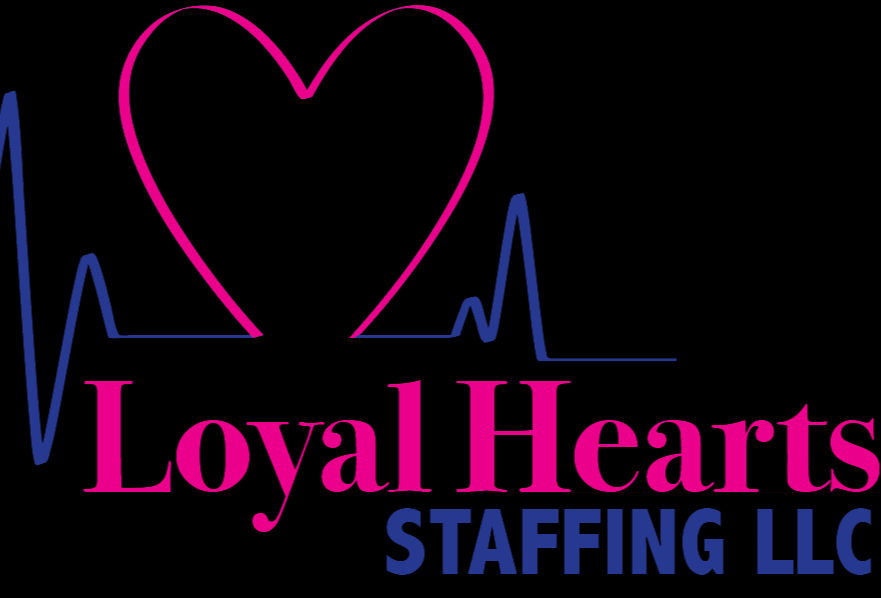Removal of surgical sutures
- April Swanson

- Dec 1, 2022
- 2 min read
Technique of removing non-resorbable stitches from a patient’s wound.
Objective:
To facilitate the healing process of a wound.
Equipment:
– Dressing trolley or trough. – Sterile drapes. – Scissors to remove drapes. – Dressing equipment: forceps with teeth, without teeth, sterile scissors, mosquito, scalpel handle.
Material:
– Sterile gloves. – Non-sterile gloves. – Sterile gauze. – No. 11 scalpel blades. – Alcoholic hand disinfection solution. – Soaker. – Bag for waste. – Anti-allergic plaster. – Antiseptic solution. – Physiological saline solution. – Sterile dressings. – Sterile adhesive suture. – Nursing records.
Procedure:
– Perform hand washing. – Prepare the material. – Preserve the patient’s privacy. – Inform the patient of the procedure. – Request the collaboration of the patient and family. – Place the patient in a suitable position to have access to the area to be treated. – Put on non-sterile gloves. – Place the dressing under the area to be treated. – Remove the dressing in the direction of the hair, wetting the dressing with saline if it is very adherent. – Inspect sutures and condition of the incision. – Remove gloves. – Proceed to alcohol disinfection of hands. – Prepare sterile field and place on it all the necessary material for the cure. – Put on sterile gloves. – Clean the wound with physiological saline solution by dragging it from the center of the wound to the ends, from the cleanest to the least clean area. – Dry with sterile gauze. – Apply antiseptic. – Check the type of suture to choose material and procedure. – Determine whether to remove all stitches or alternate stitches. – Assess wound, remove stitches from 5th-10th day. – Assess the removal of stitches and closure by secondary intention if the wound shows signs of maceration, tension and exudate or seroma.
– Hold the stitch at one end with the dissecting forceps and cut the suture close to the skin surface, on the side opposite the knot or below the knot. – Continue to remove the alternate sutures, so that the remaining sutures keep the skin edges approximate, to avoid enlarging any possible wound dehiscence. – Remove the remaining sutures if there is no wound dehiscence. – Pull carefully until removal. – If the suture is metallic, place the tip of the suture remover under the staple. – Close the staple remover to extract the staple. When both ends of the staple are visible, gently remove the staple from the incision site. – Assess the need to apply sterile adhesive suture to secure the wound edges. – Apply antiseptic and allow to dry. – Collect the material. – Leave the patient in a suitable position. – Remove gloves. – Perform hand washing. – Record in the nursing documentation: procedure, date and time, incidents and patient response.
Observations:
– Maximum asepsis. – Hand washing with antiseptic – Notify physician if signs of infection are observed.








Comments